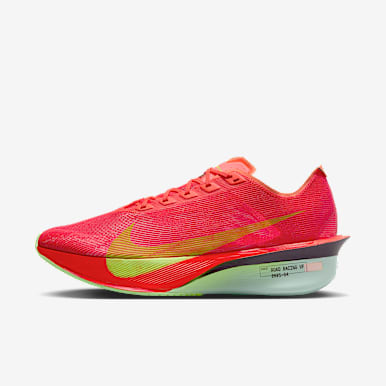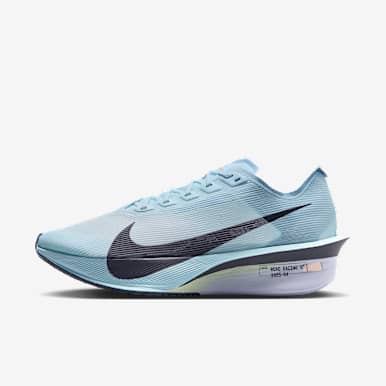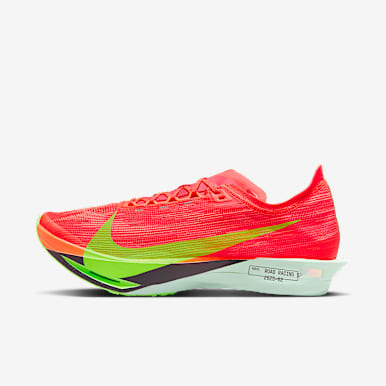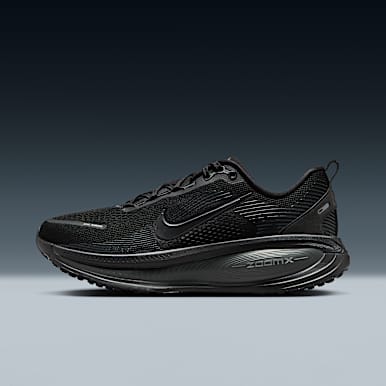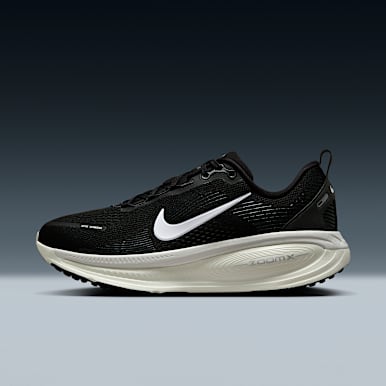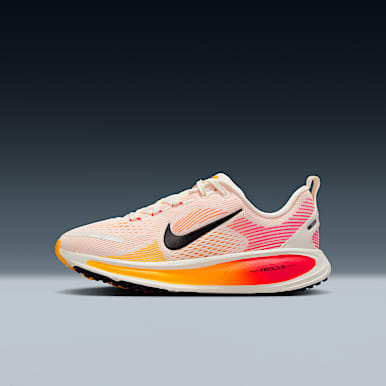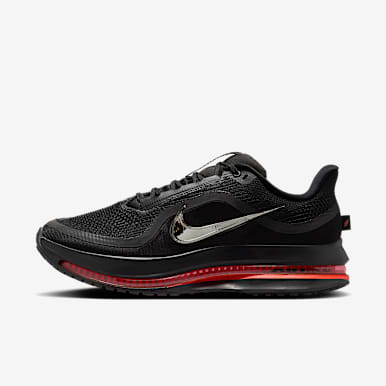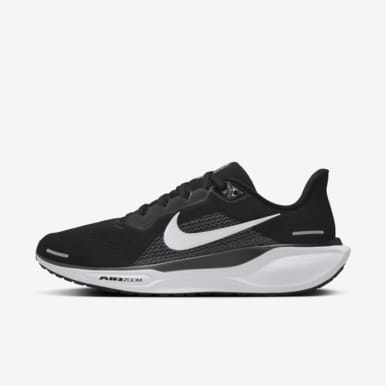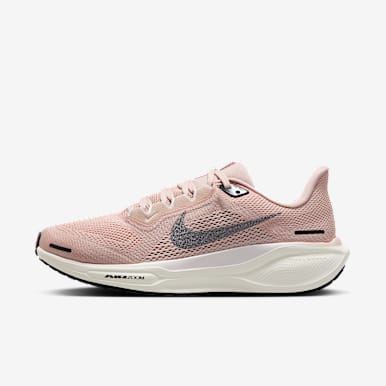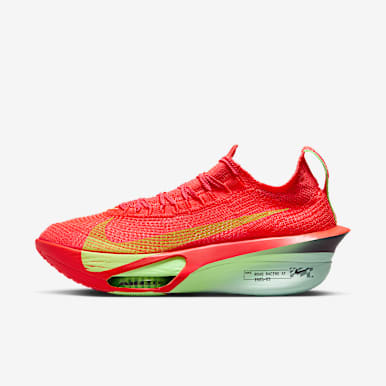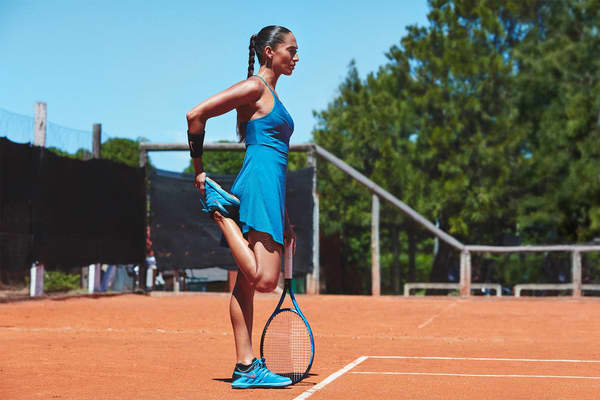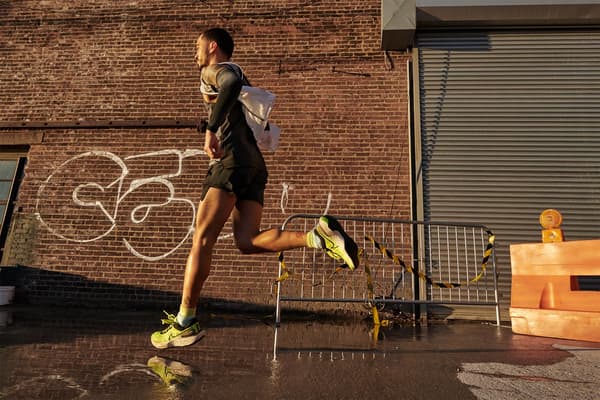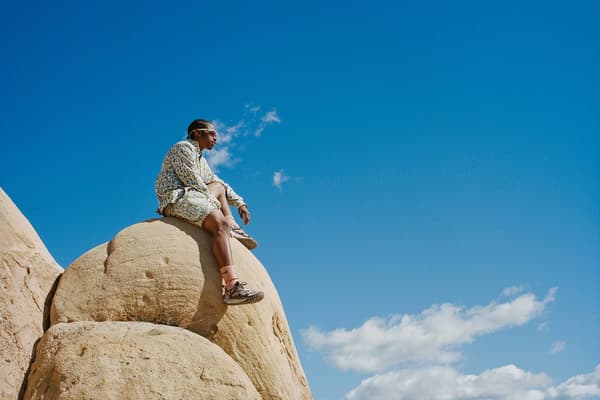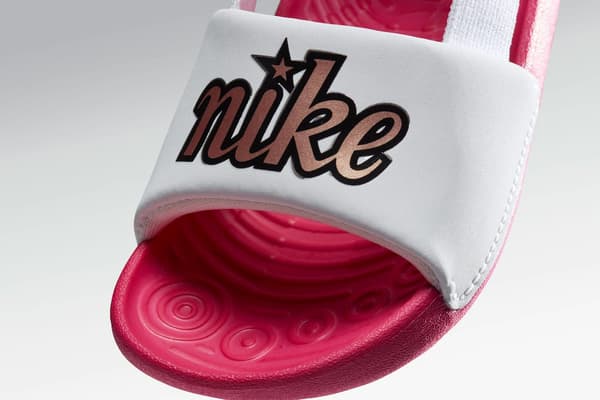What Are the Parts of a Shoe?
Buying Guide
From heel to toe, here are all the parts that make your shoes move.
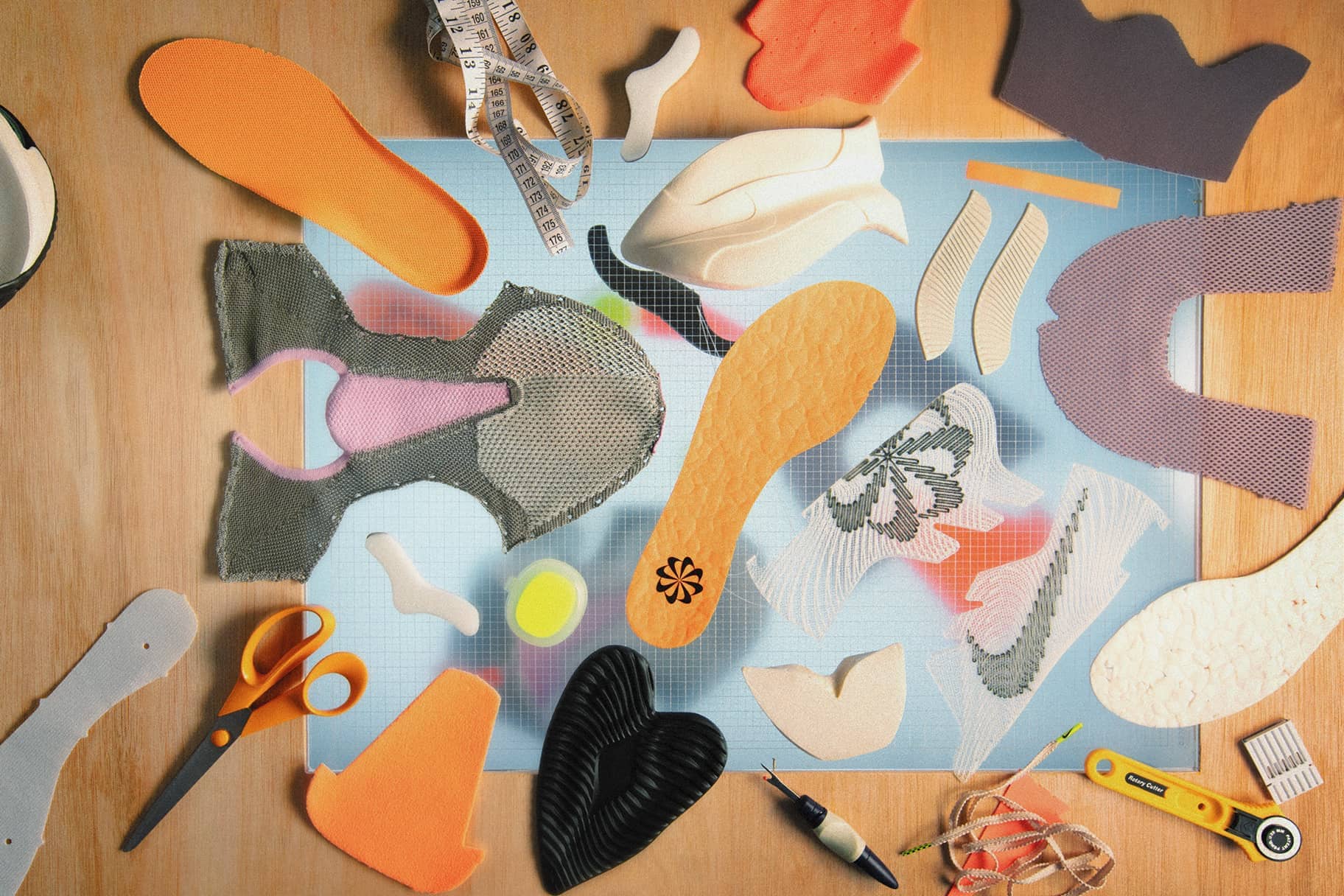
Whether you're running around the track, pacing yourself through a marathon, doing a high-intensity interval training workout or easing into your favourite sneakers for a walk around your local area, the different types of shoes and their various parts are working in different ways to support you and your feet.
You may not have thought about all the parts of a shoe before, but understanding how they are designed and put together can help you select the right sneaker for your needs, especially if you're looking for shoes with a particular fit or function, like shoes for wide feet or shoes for trail running.
What Are the Parts of a Shoe Called?
Towards the back of the shoe, you'll find the:
- Tongue top
- Tongue front
- Tongue foam
- Tongue lining
- Collar lining
- Collar foam
- Heel lining
- Heel counter
- Foxing
Within the front half of the shoe, there are the:
- Eyestay
- Eyestay reinforcement
- Eyelets
- Laces
- Quarter
- Quarter overlay
- Vamp
- Tip
- Tip reinforcement

Along the bottom, there are three different soles—the two outsoles on the toe and heel, and the midsole. These all lie below the strobel.
When specifically looking at a Nike shoe, you can't forget to mention the most recognisable component either—the Swoosh. It may not have a function when it comes to the fit of your shoe, but it certainly makes a style statement all on its own.
This list may feel long, but the many shoe parts work together to give you the most comfortable, high-performance fit possible for the type of activity you're doing on your feet.

On the Top
While all the parts on the top of your shoe serve a particular function, many of them are also about style. Laces, for example, are a necessary component when it comes to fit, but they also contribute to the style of the shoe. Think about the pop of colour that neon laces can bring to your look.
Other elements include the eyelets and eyestay, which work together to hold the laces. The eyelets are the holes the laces go through, and the eyestay is the material that holds the eyelets in place.
The top of your shoe is also made up of the quarter, which is the area covering the sides and back of the foot, and the tongue, which plays a very important role. You may sometimes feel like it's that pesky piece you've got to pull up each time you get your shoe on, but it actually protects the top of your foot and prevents the laces from rubbing.
When it comes to the upper part of your shoe, look for sneakers made from soft, breathable materials for added comfort. Exploring shoes made sustainably can give you a comfortable upper, with fabrics made from sustainable materials that have proven their worth when it comes to sneakers. Nike Flyknit, for example, is a lightweight fabric precision-engineered with an average of 60 percent less waste than in traditional footwear upper manufacturing.
And, while it looks, feels and smells like natural leather, Nike Flyleather is made by binding at least 50 percent recycled leather fibres with synthetic fibres using a water-powered process, ultimately creating less waste and a lower impact on climate change compared with full-grain leather.
At the Heel
The heel is probably one of the most important parts of the shoe from the perspective of the wearer. Without the right cushioning and comfort, the shoes won't last. They may rub and cause blisters, making your feet sore instead of supporting them while you're on the move.
This area of your shoe starts with the collar, which is where you insert your foot. It should have its own padding to keep your foot comfortable from the moment you put your shoes on. There's also collar foam, which provides cushioning to both your heel and ankle, and the collar lining, which encloses the seams in the back of your shoe while enhancing comfort.
Foxing is the material on the heel. It covers the entire back of the shoe and is what will start to wear away quickly if your sneakers don't fit correctly. Right behind it is the heel counter, the stiffest piece of material in the back of your shoe. It helps maintain the shoe's shape.
Under the Foot
Also considered one of the most important parts of the shoe is the bottom. Having the right materials in place here plays a big role in comfort. Not enough support, or even the wrong shape, can leave foot and leg muscles sore after a workout.
The sole and strobel make up what sits under your foot, with the sole of the shoe composed of three separate parts:
- The strobel is the piece of fabric that lays in the bottom of your shoe directly below your foot.
- The midsole is the foam layer, responsible for cushioning.
- The outsole is the bottom layer, the one that comes into contact with outside surfaces. It's often rubber, and provides traction. Sometimes it's broken down into the heel and tip.
The midsole and outsoles sit underneath the strobel, making a neat stack of cushioning that varies in thickness based on what type of shoe you're wearing. This part of your sneaker will also vary in flexibility to accommodate the type of exercise you're doing when in them.
